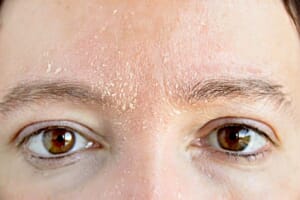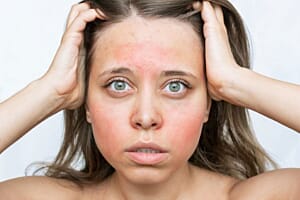Although the exact cause of styes is unknown, but people with dry scalp dandruff, very dry skin and eczema tend to get more than people without these skin conditions.
BY News Editor 17 July, 2007
Styes are caused by an infection of the root of an eyelash by the bacteria straphylococcus, and infections can be caused by bacteria from elsewhere on the body migrating to the eye, which is more likely to happen in hotter weather, which is also when eczema flare up are worse. Infection is also more likely during periods of stress or when the body’s immune system is run down.
Styes, which manifest themselves as boils on the eyelids, are very painful due to the amount of fluid in the inflamed area. Although it is tempting to try and pop the boil, this can cause the infection to go deeper so they should just be left alone and should heal themselves within about a week.
But the infection can spread along the eye lid if you are not careful so it is important to take preventative action against the spread of infection by always washing your hands with a mild anti bacterial wash before touching your eyes.
In addition old make up can harbour a lot of bacteria and may even by the cause of the stye in the first place, so you should throw away all your eye make up and start again with new products that are free from bacteria. The older your make up is the more likely it is to be populated with bacteria.
To help drain the stye of excess fluid, try using a warm compress applied to the infected area for five minutes three times a day to try and bring the fluid to the surface and stop the infection going deeper into eth eyelash root.
Finally if you do get a very dry itchy scalp or dry skin around your eyes, you should try and address this problem which may, in turn, reduce your susceptibility to styes.







